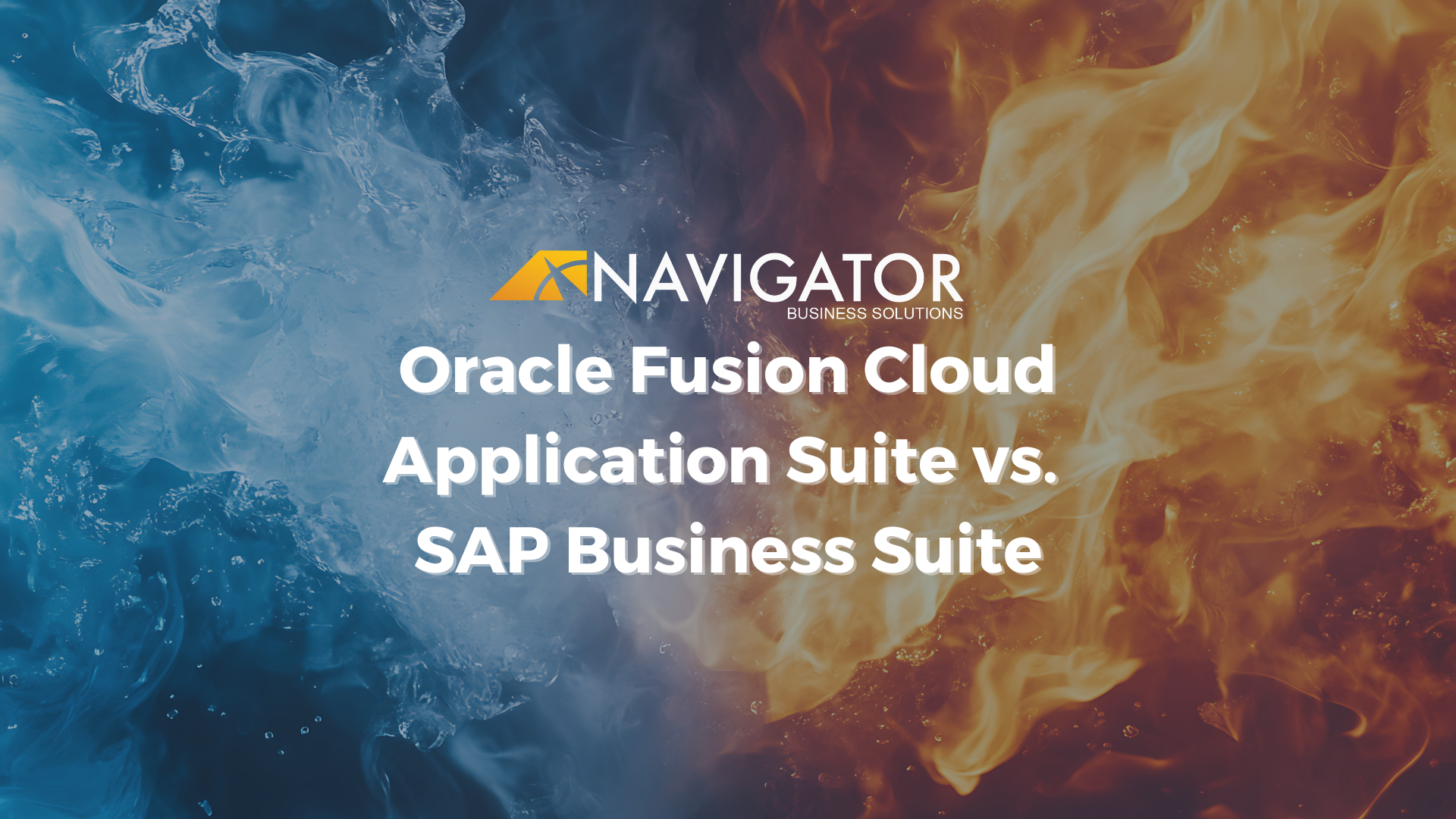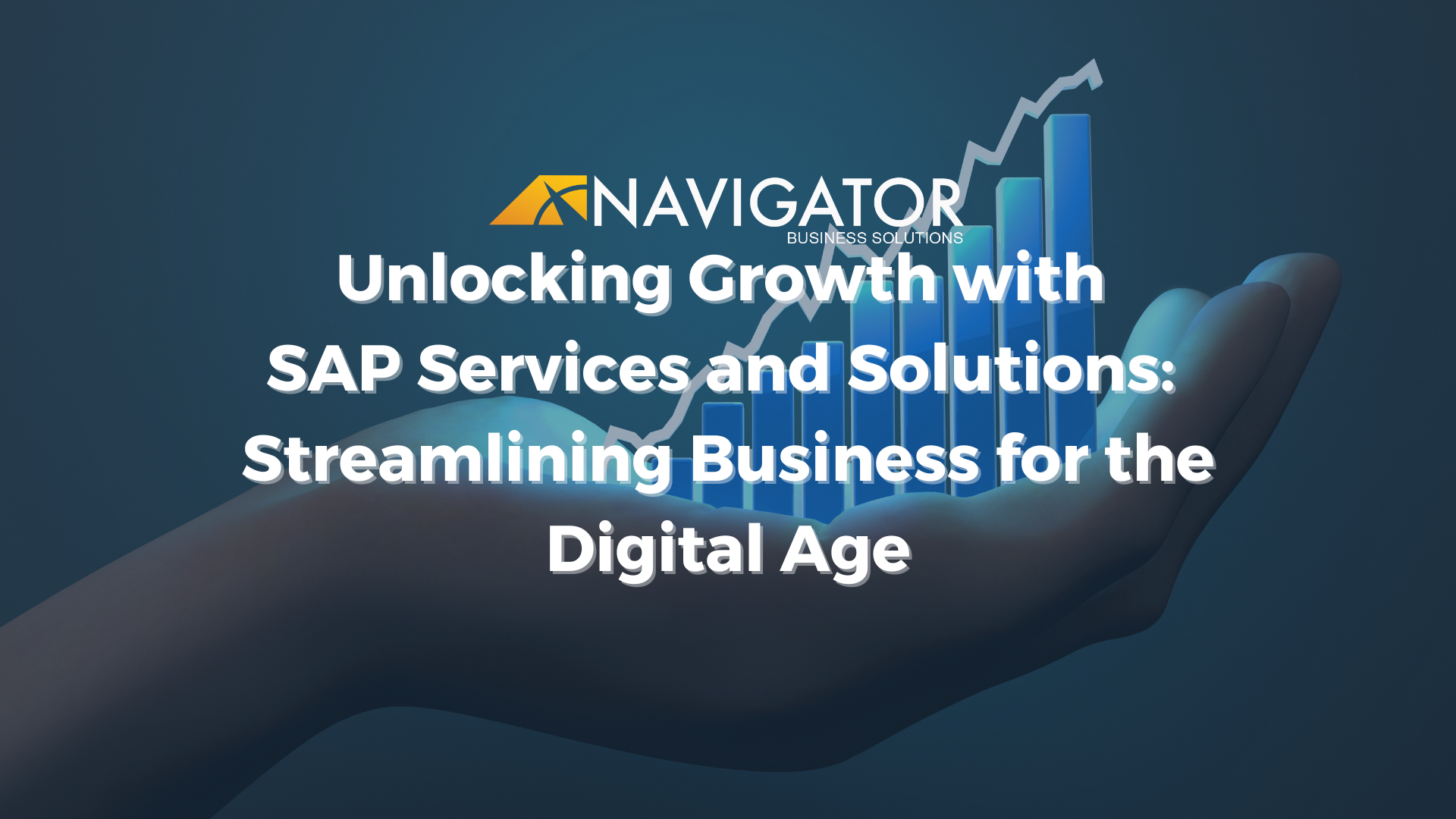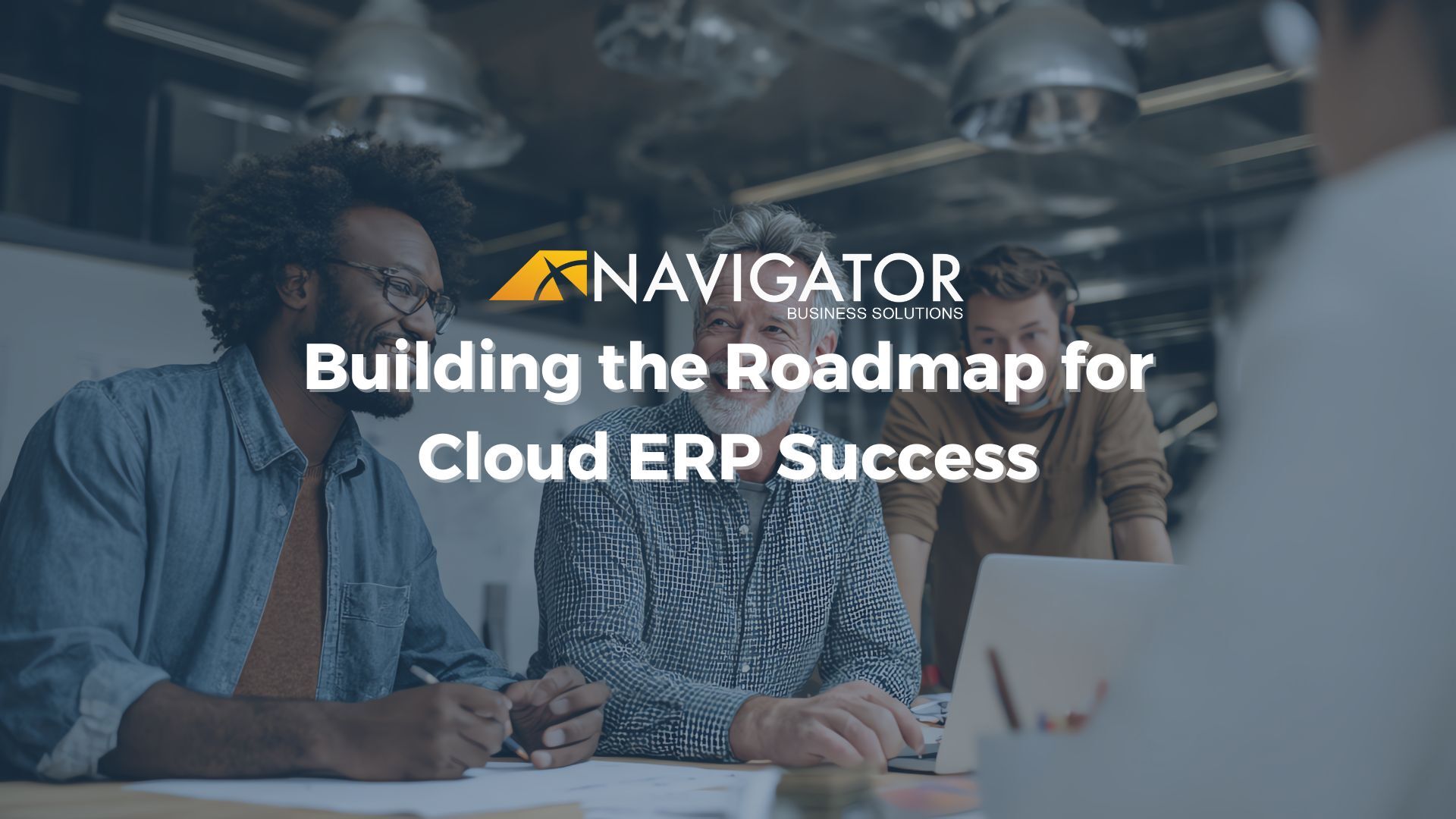Each phase of a company’s growth looks different. When a company starts, it needs flexibility and speed. As a business grows larger, process standardization and infrastructure start becoming important. Then when a medium-sized business makes the jump to enterprise status, it needs capacity, rock-solid reliability, enhanced delegation features and the ability to handle extra complexity.
The most successful businesses plan for growth several years ahead. That means ensuring that backend systems are ready for growth. Having the right software foundation in place is crucial to this end, because a solid foundation with a clear migration path makes growth possible without slowing down the business.
“Can your systems support where you want the business to be in two years?” asks Christopher Beck, global head of IT at fast-growing shaving supplies maker, Harry’s. “It is always challenging to plan ahead as a startup. But try to aim for that as opposed to playing catch-up after the fact.”
Harry’s growth journey is instructive. The firm started with small-business software, then moved to SAP’s solution for medium-sized and fast-growing businesses, SAP Business ByDesign. As the company continued to scale, the firm then upsized its backend again to SAP S/4HANA, the same enterprise software used by Coca-Cola and Fortune 500 companies such as British Petroleum.
Harry’s made these jumps several years before it was strictly necessary, paving the way for the next stage of growth. Because SAP products use a common core and provide an easy upgrade path, the migration to larger solutions was relatively painless.
“One of the great things about ByDesign is that it is very similar to S/4 from an interface perspective,” he says. “We're still going to have to train employees on some of the capabilities of the new system. But the look and feel is going to be very familiar to them, which certainly is a huge selling point. Being on a web-based system already is certainly helpful from us, too.”
Three Sizes, One Common Core
It is estimated that roughly 77 percent of all global transactions come in contact with SAP software. The enterprise resource planning solutions made by SAP run more than 404,000 businesses worldwide. The majority of Fortune 500 companies use the software, but at the same time 80 percent of SAP’s customer base is made up of small to medium-sized businesses. This puts SAP in a unique position to understand the changing needs of businesses as they grow.
As a result, SAP has developed three different ERP solutions depending on the size and needs of a business. These three solutions use a common core, and they enable businesses to upgrade to a larger solution as their needs grow.
Small Business: SAP Business One
The SAP Business One platform offers an affordable way to manage an entire business – from accounting and financials to purchasing, inventory, sales, customer relationships, and project management, to operations and human resources. Business One is a single, integrated solution that provides clear visibility into an entire business, and complete control over every aspect of operations.
Medium and Fast-Growing Businesses: SAP Business ByDesign
SAP Business ByDesign turns complexity into simplicity, helping fast-growing and medium-sized business recognize potential strategies more quickly, gain transparency across business areas, and manage them better. It helps medium-sized businesses respond quickly to opportunities, and meet new requirements at a minimal cost.
Growth-focused Businesses: SAP S/4HANA Cloud
S/4 HANA Cloud Public Edition is a complete ERP system built for large enterprises. It comes with built-in intelligent technologies, including AI, machine learning, and advanced data analytics. Growth-focused organizations can benefit from tight, native integration between processes, industry depth, and a consistent in-memory data model with S/4HANA.
Best Practices Built-In
One advantage of using SAP as the technological foundation for a growing business is that each solution helps a business adopt best practices appropriate for the current scale of the business. While all three SAP solutions are deeply flexible with a wide range of modules that can be configured and turned on or off as needed, they encourage industry standard practices out of the box.
By default, SAP solutions help a business move toward standardized processes appropriate to the current stage of the business. So instead of reinventing the wheel as they grow, businesses can focus on the products and services that truly differentiate them from the competition.
“You're going to run into the need to put processes in place in order to be a little bit more efficient with how you do business,” notes Beck at Harry’s. “So that's where SAP was certainly helpful. It helped us get in the mindset of standardizing our processes.”
Building the Right Foundation for Your Business
While most business processes such as inventory, logistics, and financial management are common across companies and industries, at the same time each business is different.
That’s why SAP solutions take a modular approach. Within a given product, features, and functionality can be turned on or off as needed, and SAP systems come with a wide range of configuration and integration options for making the software fit with the actual needs of a business.
As an SAP Gold Partner, we’ve been helping businesses lay the right foundation and achieve faster systems rollout for more than 30 years. So if you would like help with laying the foundation for growth, or have questions along the way, contact one of our experienced ERP consultants at (801) 642-0123 or by writing us at info@nbs-us.com.





